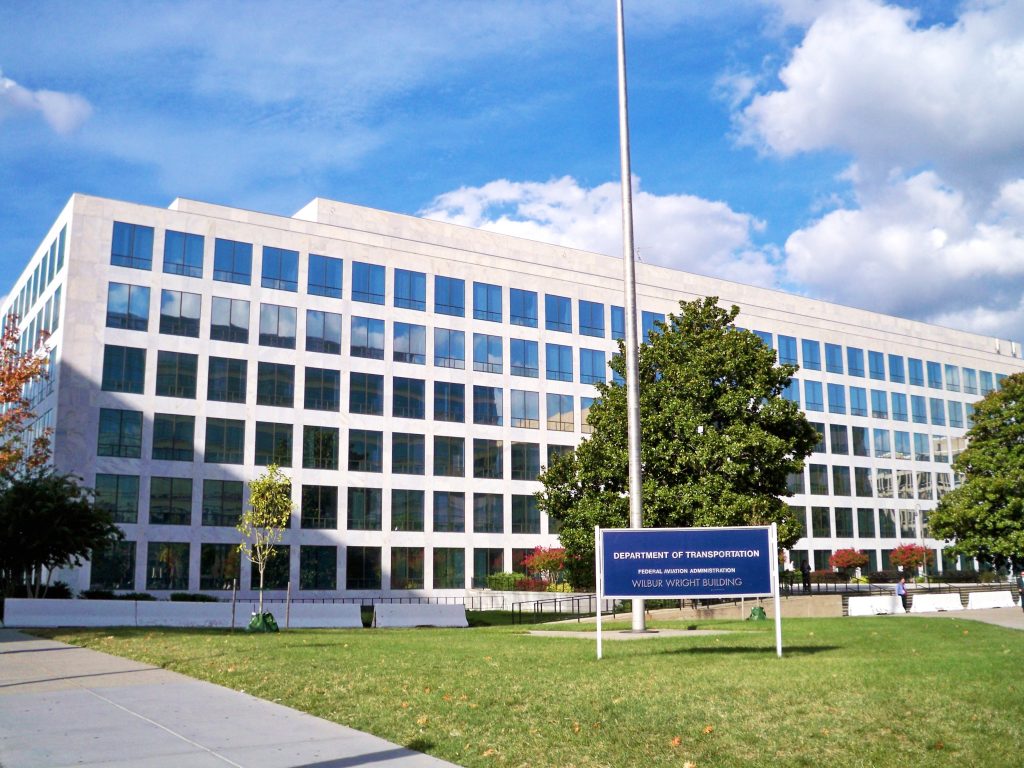
US Federal Aviation Administration administrator Steve Dickson has joined others in warning of the potential risks involved in the post-COVID aviation recovery.
Dickson noted specifically that the industry that existed before the COVID-19 pandemic struck the industry “in many respects no longer exists today”.
The comments were made off the back of the crisis that has seen many qualified industry veterans cash in on early retirement and voluntary leave packages, as well as airlines making long-term changes to their fleets in light of the expected length of subdued demand for international travel.
The industry will likely be working with a reduced workforce for the foreseeable future, and many frontline workers may be out of practice, or unfamiliar with new processes or aircraft.
“All these changes are creating a whole new set of stressors that can inject new safety risks into the system,” Dickson said.
He added that the pandemic has added a “tremendous amount of disruption and change” to the industry “with breathtaking speed”.
The regulator said that the industry should be making proactive movements to reduce the risks imposed by such changes, including additional training and enhanced industry oversight.
The FAA joins many in the industry beginning to ponder the risks involved in a struggling aviation sector that could ultimately see a very rapid recovery.
Industry regulators, insurers and analysts have warned airlines of the potential risks when reactivating aircraft and staff following months of subdued demand that left workforces and fleets both grounded.
Specifically, concerns were raised regarding errors in aircraft due to an extended period of time without use, unperformed maintenance, or even insect nests built within a plane’s mechanisms, potentially even blocking sensors.
In December, a Bloomberg report suggested that stood-down and furloughed pilots who are not currently flying regularly could also pose a threat to the industry moving forward, following recent reports of out-of-practice pilots making critical errors.
On 15 September, a Lion Air A330 carrying 307 passengers and 11 crew veered off the runway shortly after landing in Medan, sparking investigation by Indonesia’s transport safety regulator.
The investigation found that the pilot had flown less than three hours in total within the previous 90 days, and the first officer had not flown at all since 1 February. Luckily, no one was injured in the runway incident.
According to Bloomberg, the Lion Air incident highlights an emerging worry for the industry as it navigates out the other side of the COVID-19 pandemic.
Pilots have had limited opportunities to fly due to airlines grounding their planes and scaling back their operations, as the industry faces a prolonged slump in demand for air travel.
In its preliminary report into the Lion Air incident, Indonesia’s National Transportation Safety Committee said the pandemic has made it harder to maintain pilot proficiency and flying experience.
Notably, Lion Air doesn’t have a simulator for the A330, and its pilots are trained at third-party facilities across Indonesia, Malaysia and Singapore.
Travel restrictions imposed in light of COVID-19 have made those training facilities harder to access, claimed the Bloomberg report.
“Regular flying keeps your mind in the cockpit,” said Mohan Ranganathan, an aviation safety consultant who was an adviser to India’s Directorate General of Civil Aviation.
“Being away from flying for such a long time brings in some complacency. Add loss of income, uncertainty about jobs or the future of the airline, that brings in additional stress. With an increase in stress levels, proficiency drops.”
Analytics company Cirium said almost a third of the world’s passenger jets remain in storage.
Meanwhile, thousands of pilots have been laid off or furloughed, and those still in work are flying a lot less due to ongoing subdued demand for air travel.










